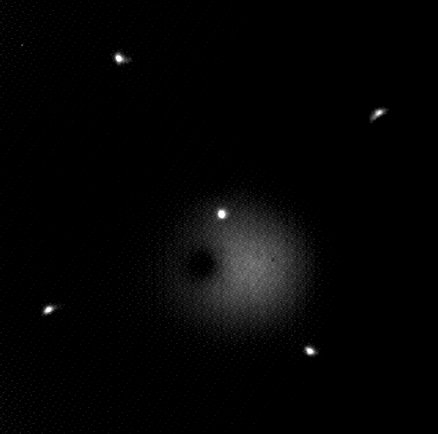Les techniques de diffraction permettent de sonder l'ordre dans la matière. Pour ceci, on fait interagir une onde dont la longueur d'onde λ est comparable à la taille du motif cristallin élémentaire de l'échantillon. Ce peut être une onde électromagnétique (rayons X, lumière Laser) ou des particules (électrons, neutrons ou des atomes d'hélium).
La présence de pics intenses dans le diagramme de diffraction montre la présence d'ordre. Les pics sont séparés de 2π/a en nombre d'onde (2π/λ) où a est le pas du réseau. La forme des pics de diffraction traduit la qualité de l'ordre : par exemple, la diffraction sur un domaine ordonné de taille L se traduit par un élargissement des pics de diffraction en (2π/L).
Diffraction techniques are used to probe the order in the matter. For this, a wave with wavelength (λ) comparable with the elementary domain size interact with a sample. It can be an electromagnetic wave (x-rays, Laser light) or particles (electrons, neutrons or helium atoms).
The presence of intense peaks in the diffraction pattern shows the presence of order. The peaks are separated from 2π/a (2π/λ in wave number) where a is the crystal lattice parameter. The shape of the diffraction peaks traduces the quality of the order. Diffraction on an ordered domain of size L results in a broadening of the diffraction peaks in (2π/L).





